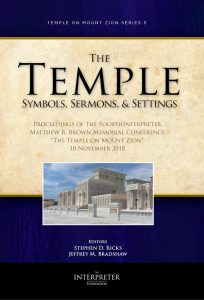Review of Daniel Becerra, Amy Easton-Flake, Nicholas J. Frederick, and Joseph M. Spencer, Book of Mormon Studies: An Introduction and Guide (Provo, UT: Religious Studies Center, Brigham Young University, 2022). 184 pages. $19.99 (hardback), $15.99 (paperback).
Abstract: Book of Mormon Studies: An Introduction and Guide by four Brigham Young University religion professors reviews the field of Book of Mormon studies from the late nineteenth century to the current day. After the historical review of the field, the authors lay out a research agenda for the twenty-first century that, by and large, moves on from the Book of Mormon historicity question that so engaged twentieth-century scholars. This review examines the authors’ claims and demonstrates that the scope of the book is not as broad as it could or should be. Absent perspectives, blind spots, incomplete twenty-first–century research trends, and a discussion of research tools should have been included in the book but were not included. This review ends with a discussion of “the gatekeeper problem” in Book of Mormon studies.
Continue reading →



 Welcome to Interpreter: A Journal of Latter-day Saint Faith and Scholarship, the peer-reviewed journal of The Interpreter Foundation, a nonprofit, independent, educational organization focused on the scriptures of The Church of Jesus Christ of Latter-day Saints. Non-print versions of our journal are available free of charge, with our goal to increase understanding of scripture. Our latest papers can be found below.
Welcome to Interpreter: A Journal of Latter-day Saint Faith and Scholarship, the peer-reviewed journal of The Interpreter Foundation, a nonprofit, independent, educational organization focused on the scriptures of The Church of Jesus Christ of Latter-day Saints. Non-print versions of our journal are available free of charge, with our goal to increase understanding of scripture. Our latest papers can be found below. 
